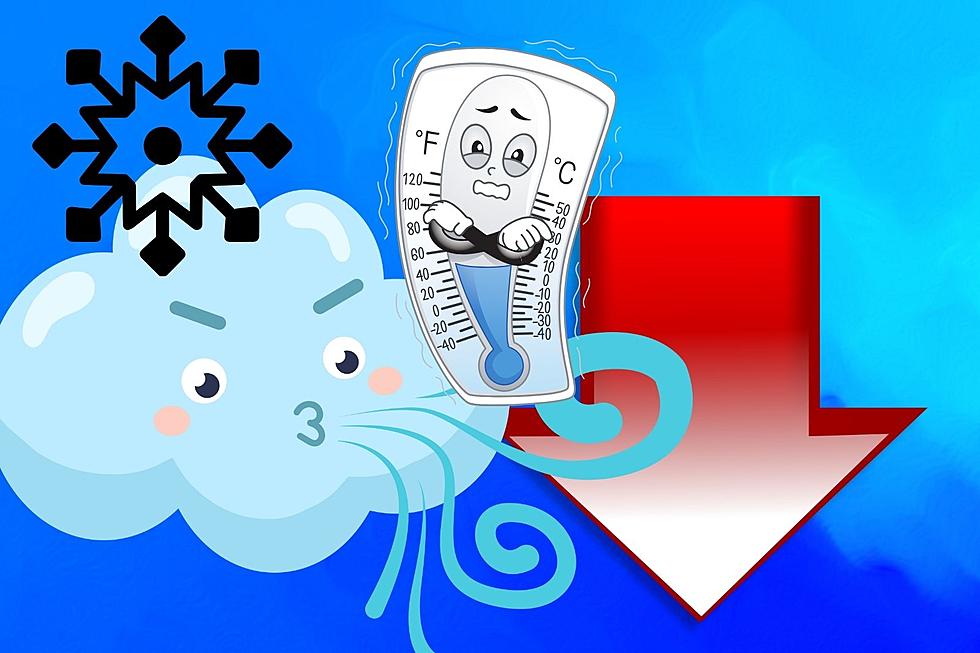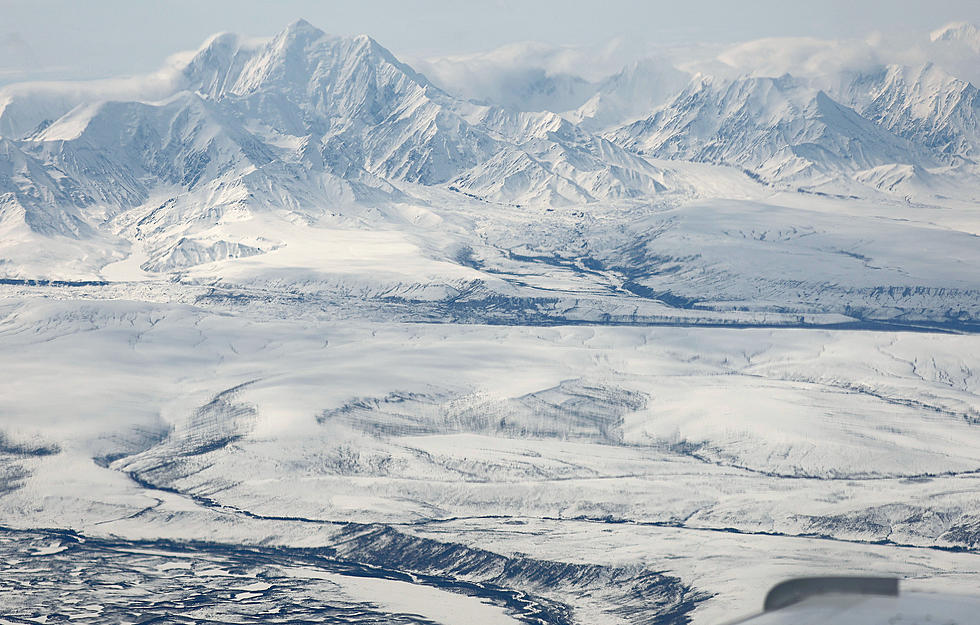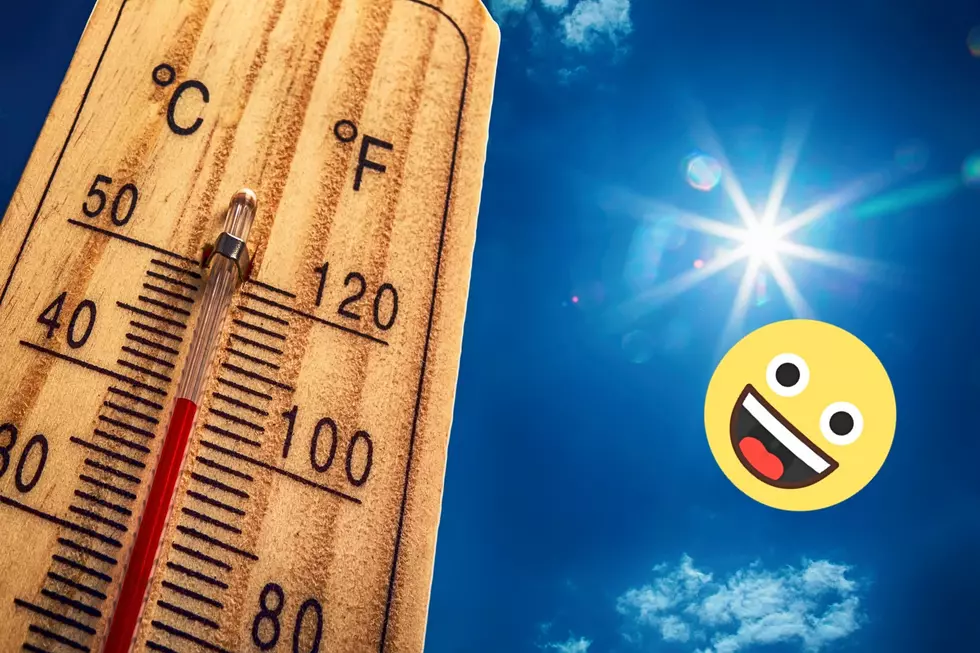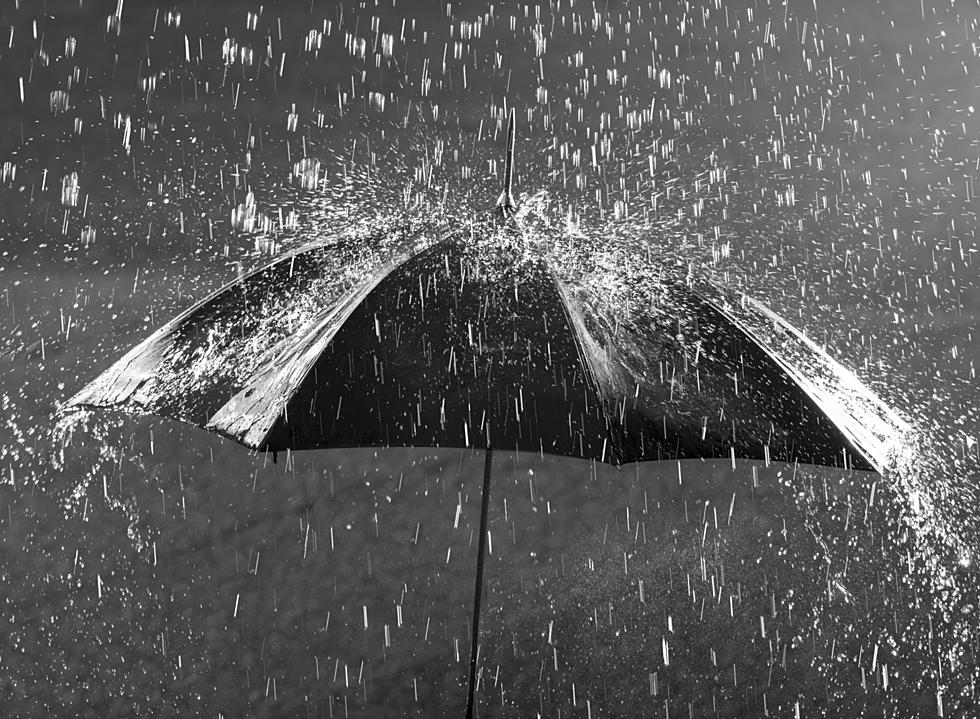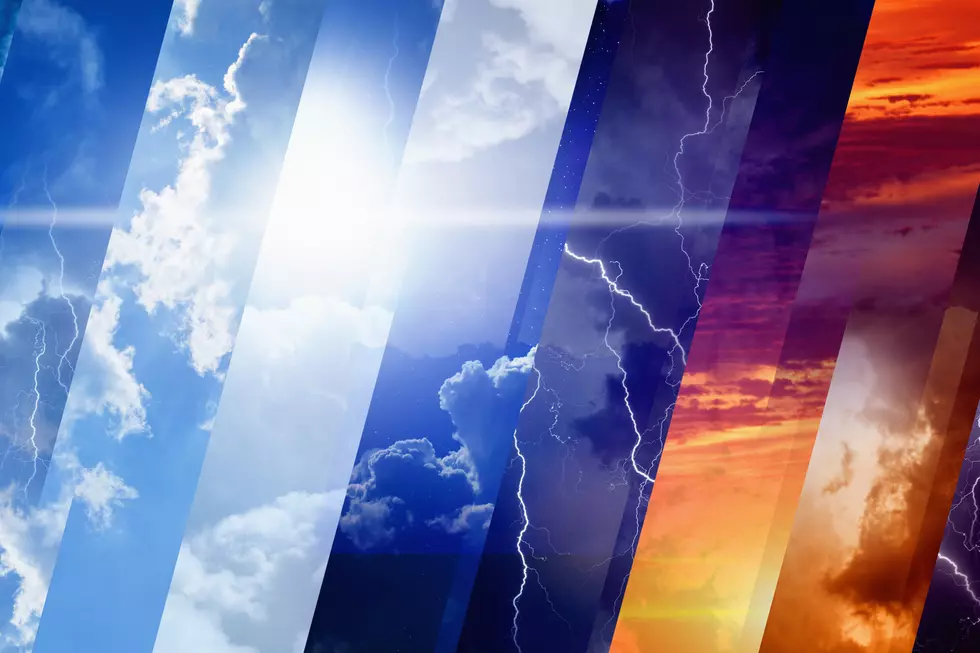
Yes We Might See A Little Bit of Snow on Tuesday
When you get to the second half of April no one really wants to deal with snow. Or, perhaps more correctly, most of us don't want to deal with snow. There's always that one person. And while it doesn't happen to often, it's not unheard of. If you look at the forecast predictions the Kansas City television stations are putting out, it looks like the further away you get from Kansas City, the less likely you will see snow. But is that actually the forecast?
According to our meteorologists at Weatherology that's not really true. Weatherology is saying we'll get rain likely early Tuesday morning, which will then turn into mixed precipitation for the rest of the day. (And for Warrensburg they're saying mixed rain and snow from the start.) Which essentially means, yes it could mostly be rain. But we might also get a mixed bag of cold rain, freezing rain and snow.
And the National Weather Service in Kansas City is saying there could be "light snow accumulation" for the area Tuesday. Their forecast says Warresburg could see one to two inches of snow and Sedalia will likely see less than an inch of snow.
And when is the best chance that snow will fall? Overnight and through Tuesday Morning according to the National Weather Service graphic. The snow should be out of the area by Tuesday Afternoon.
At this point from what I'm reading, it seems the meteorologists are predicating a slushy ride to work Tuesday. The good thing about this, it's late April, so whatever we get it probably won't still be annoying us on Wednesday.
Additionally, there is a freeze watch overnight and Weatherology is predicting a low of 27 overnight tonight, and 30 overnight tomorrow. So watch those plants, bring them inside if you can and try to keep them warm.
You can check out the Weatherology forecast for Sedalia here. And Warrensburg here. And we've got your updated forecast every hour on our radio stations.
LOOK: The most expensive weather and climate disasters in recent decades
More From AM 1050 KSIS
